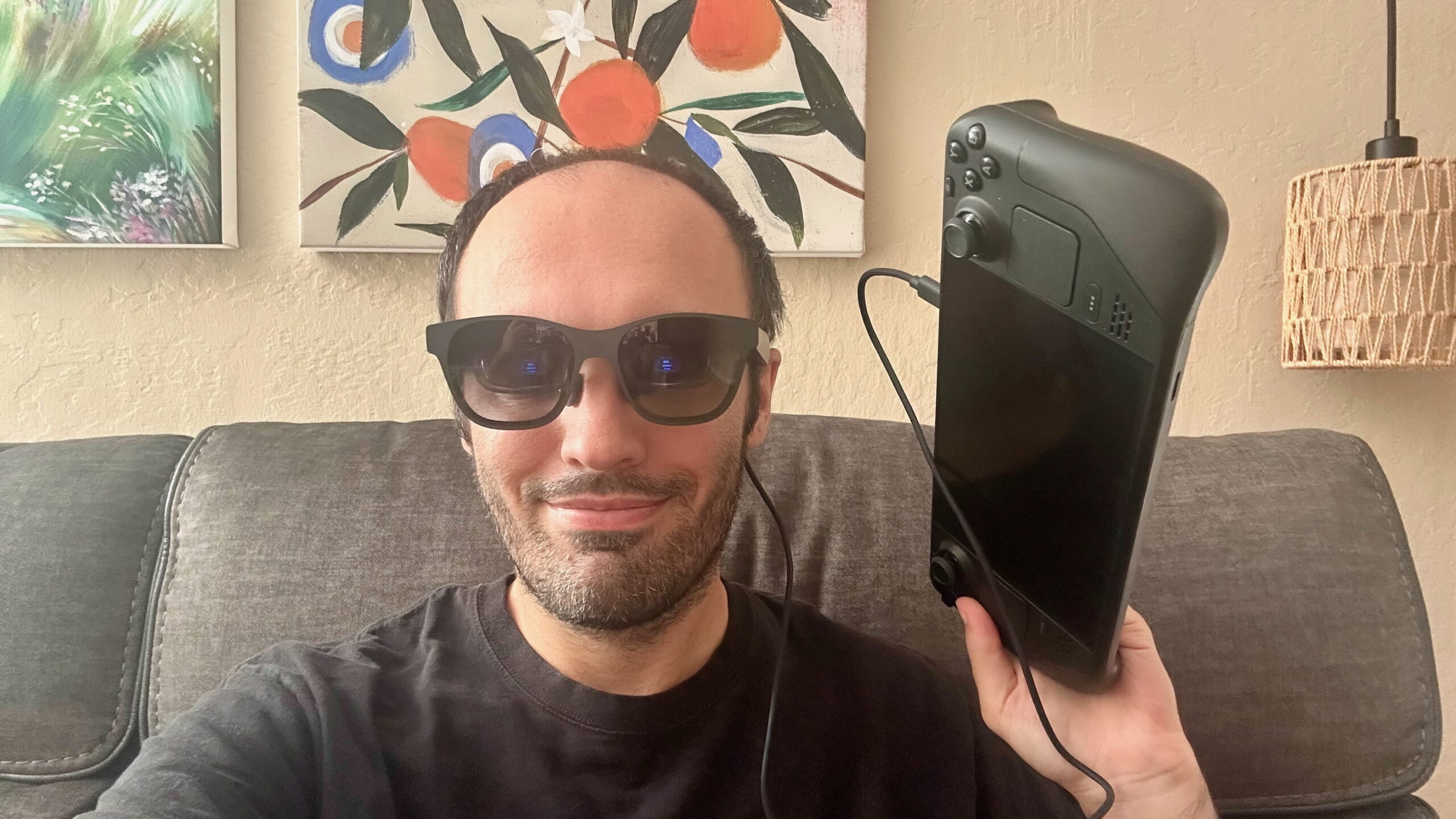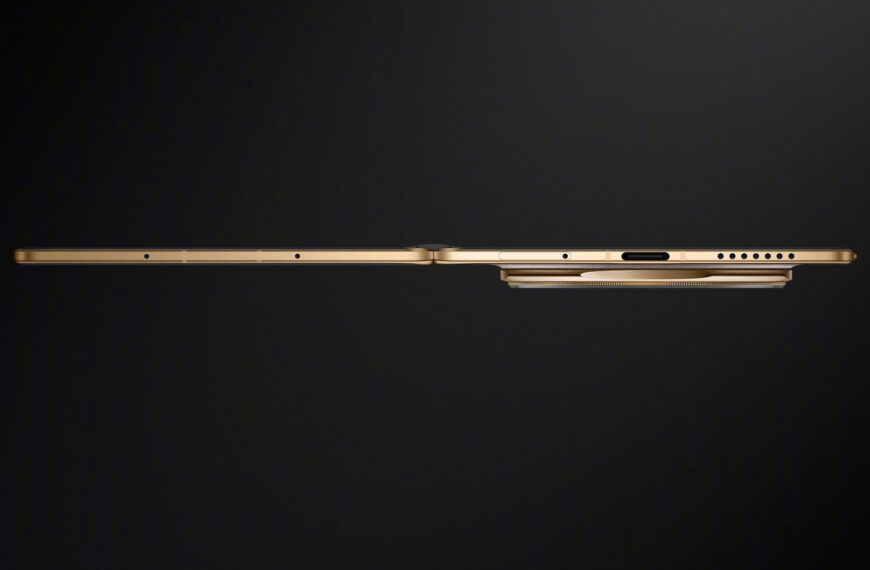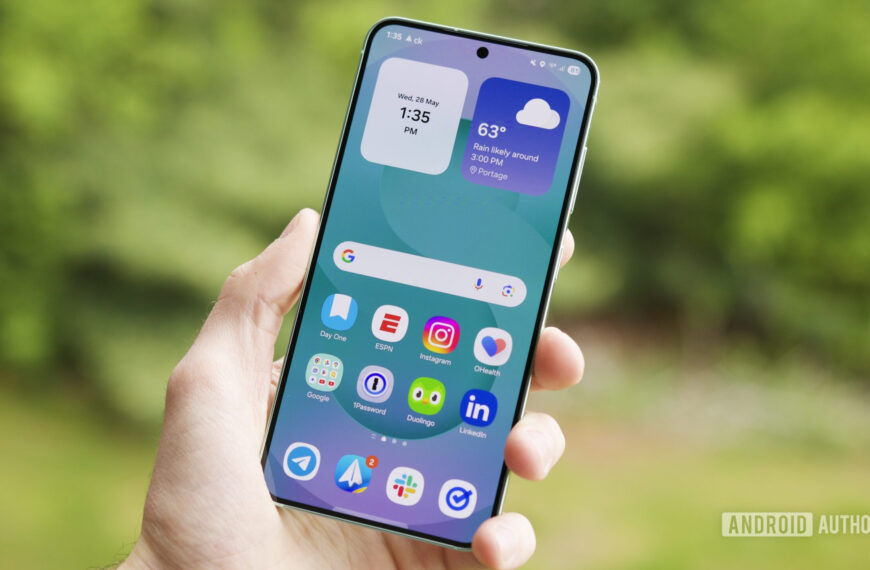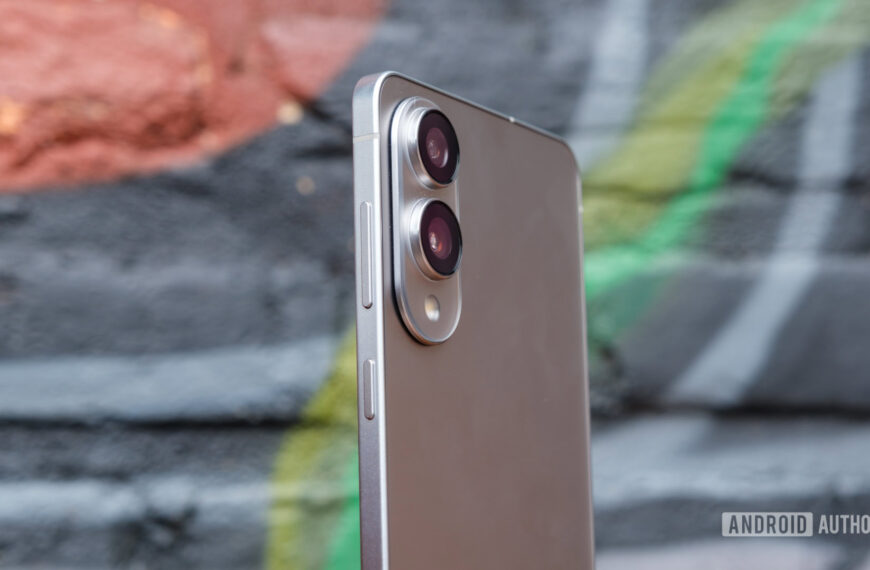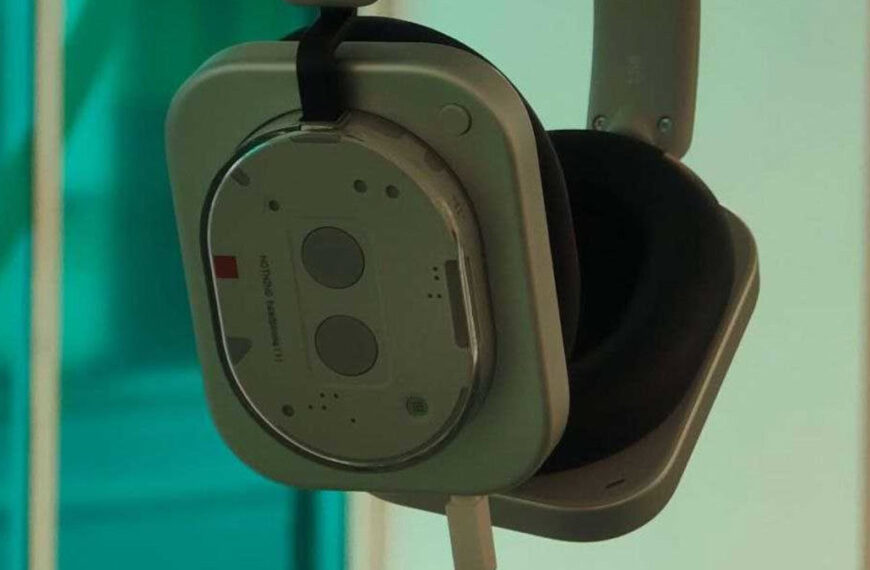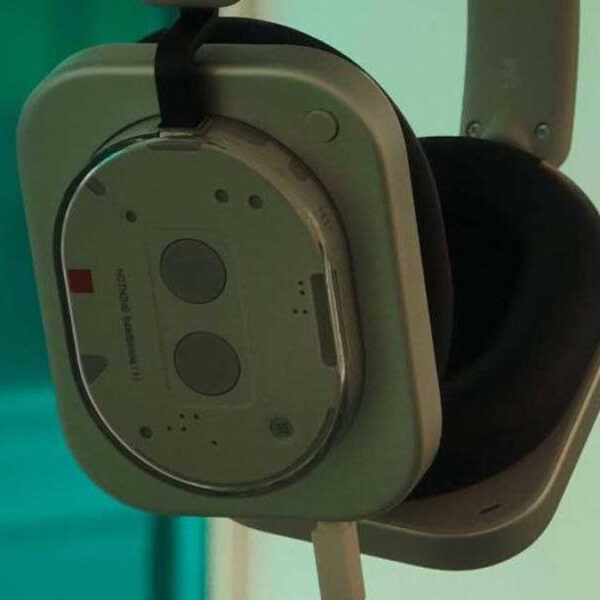AC thVRsday

AC thVRsday is a weekly column that delves into all things VR, from new hardware to new games, upcoming technologies, and so much more. Typically helmed by Android Central Senior Editor Nicholas Sutrich, this week’s entry is a guest post from Michael Hicks, another Android Central Senior Editor who regularly covers all things XR.
After a week at Augmented World Expo 2025, writing about cool prototypes and lofty promises about XR’s future, I’ve hijacked Nick Sutrich’s weekly VR column to hype up the one thing from AWE that I’m excited about right now: gaming and streaming on AR glasses.
Google and Meta described their visions for AR glasses at AWE, promising all-day AI companions and stylish form factors. But even Meta admitted they likely won’t break into the mainstream until the 2030s.
If we’re talking about AR glasses designed for at-home use that don’t need to “blend in,” those are available now. However, every pair I’ve tested so far has felt imperfect compared to setting up shop in front of a TV or monitor.
After my AWE 2025 demos with Viture and XREAL glasses — both current models and unreleased future versions — I’m convinced that the XR display market is ready to explode, sooner rather than later.
AR gaming glasses are getting better
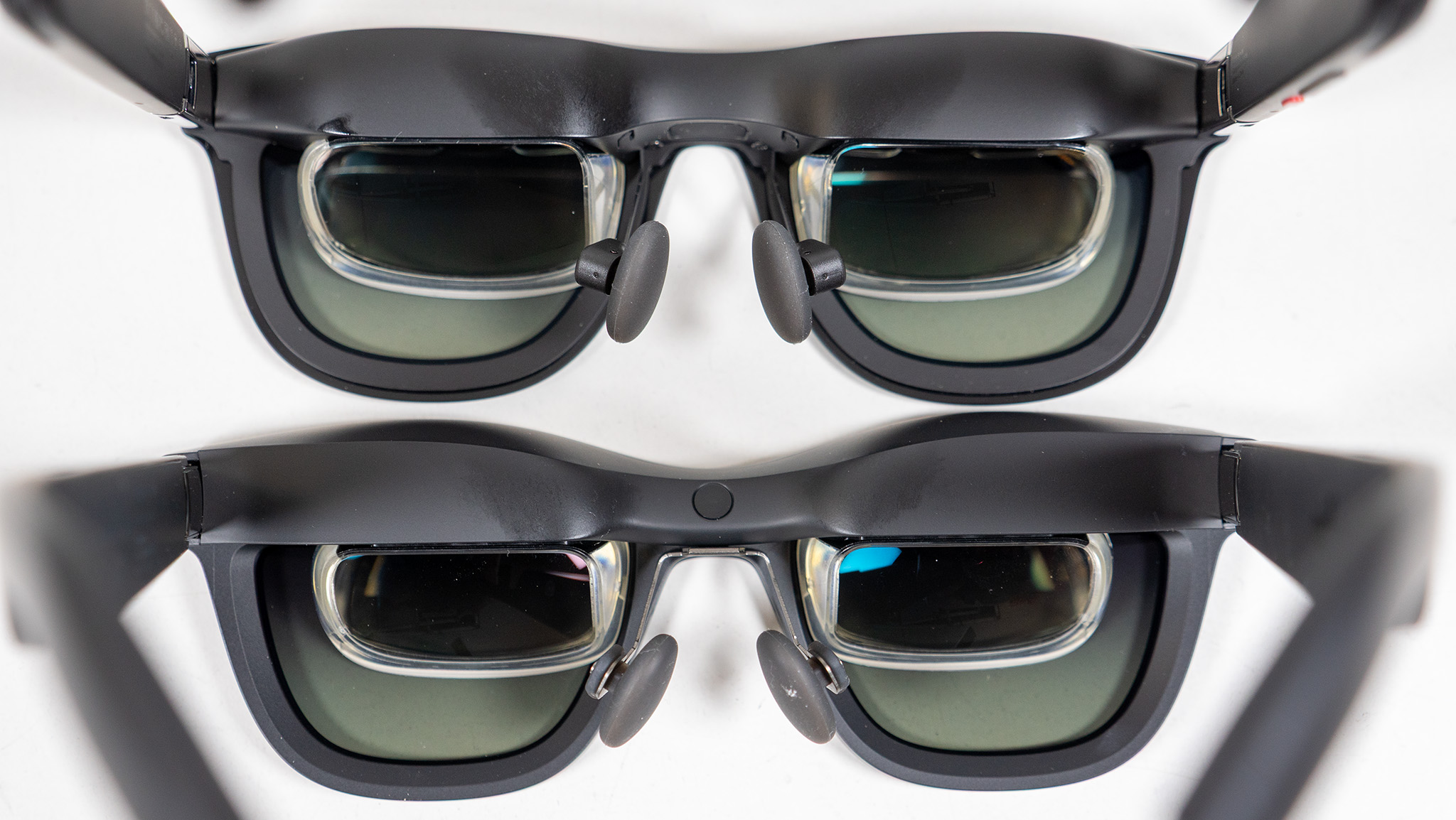
My colleagues have reviewed and loved AR gaming displays like the XREAL One and RayNeo Air 3S. However, when Nick sent me his XREAL Air 2s last year, I enjoyed the novelty but found them to be fairly unengaging.
I appreciated how light they were compared to my Meta Quest 3 for XR content. Plugging them into my Steam Deck and getting an instant AR display for gaming felt awesome, and it helped me avoid my terrible gamer posture by leaning back with my console in my lap.
That didn’t eliminate my usual complaints with XR glasses I’ve tried at conventions: the 46º field of view (FoV), FHD resolution, and 500 nits of brightness all add up to a normal viewing experience, not a transformative one.
XREAL advertises a 130-inch display experience on the Air 2, but in my experience, it feels closer to a large gaming monitor or a mid-sized TV with a fast refresh rate, but pedestrian visuals, and more eye strain. They’re great for travel, but I’m too much of a homebody for this use case to apply often.

However, at AWE 2025, I had the opportunity to try out the XREAL One Pro glasses at their booth. I’d hoped for a Project Aura demo, but the Pros were a wonderful silver lining with their 57-degree display and boosted brightness.
Driving around the world of Forza Horizon 4 with the Pros and a handheld console, I felt much more immersed than before. My Air 2 display at home feels like a shiny postage stamp stuck in my visual center, while the wider Pro display hugs the edge of my vision compellingly.
With its 3DoF support, I can anchor the display, making it easier to look away from the game to talk to someone or check my phone, or else angle the display if I want to look slightly up or down. That kind of flexibility makes me more likely to want to wear them, without feeling as closed off from my surroundings as I do in VR.
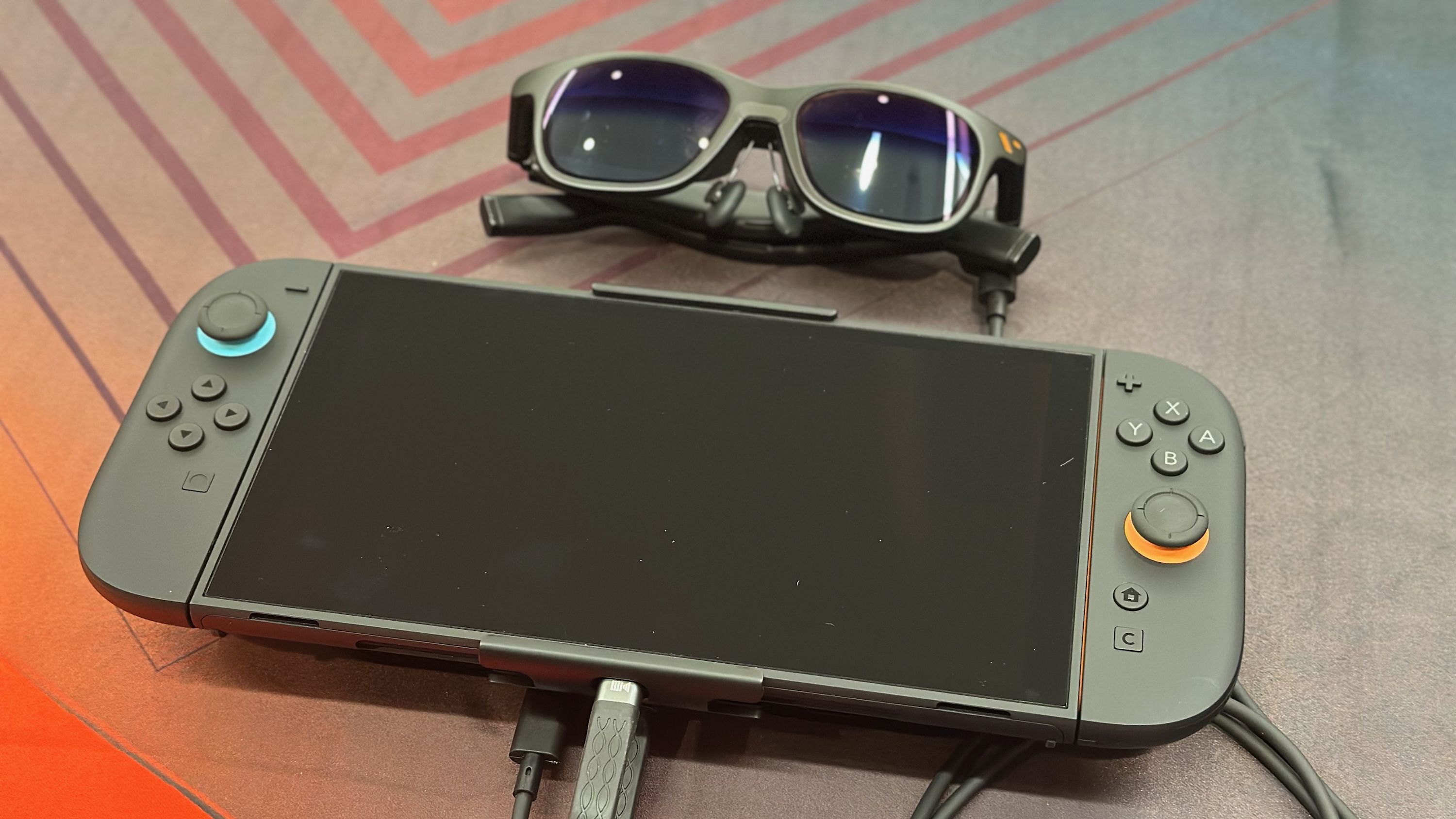
I also tried Viture’s next-generation AR glasses at AWE 2025, including one display so experimental that it wasn’t even attached to glasses yet. Viture doesn’t want me giving any specifics yet (except to “tease” readers), but it’s no secret that they turned my skeptical perspective on AR displays into excitement.
Viture’s current Pros also measure 46 degrees with FHD resolution, but I appreciate the straightforward “myopia adjustment” slider on top to solve for my left eye’s nearsightedness. That way, I don’t need to commit to a specific prescription, then have my eyes get worse a year or two from now; plus, it doesn’t lock out my fiancée or anyone else from using them.
Without specifics, Viture’s next-gen glasses make significant improvements in areas like FoV and display quality, which make them feel worth the 80g of weight resting on my nose and ears. And other smart glasses brands are likely to keep pace, making them more competitive as true TV or monitor replacements.
Still a ways to go for AR displays, but we’re close
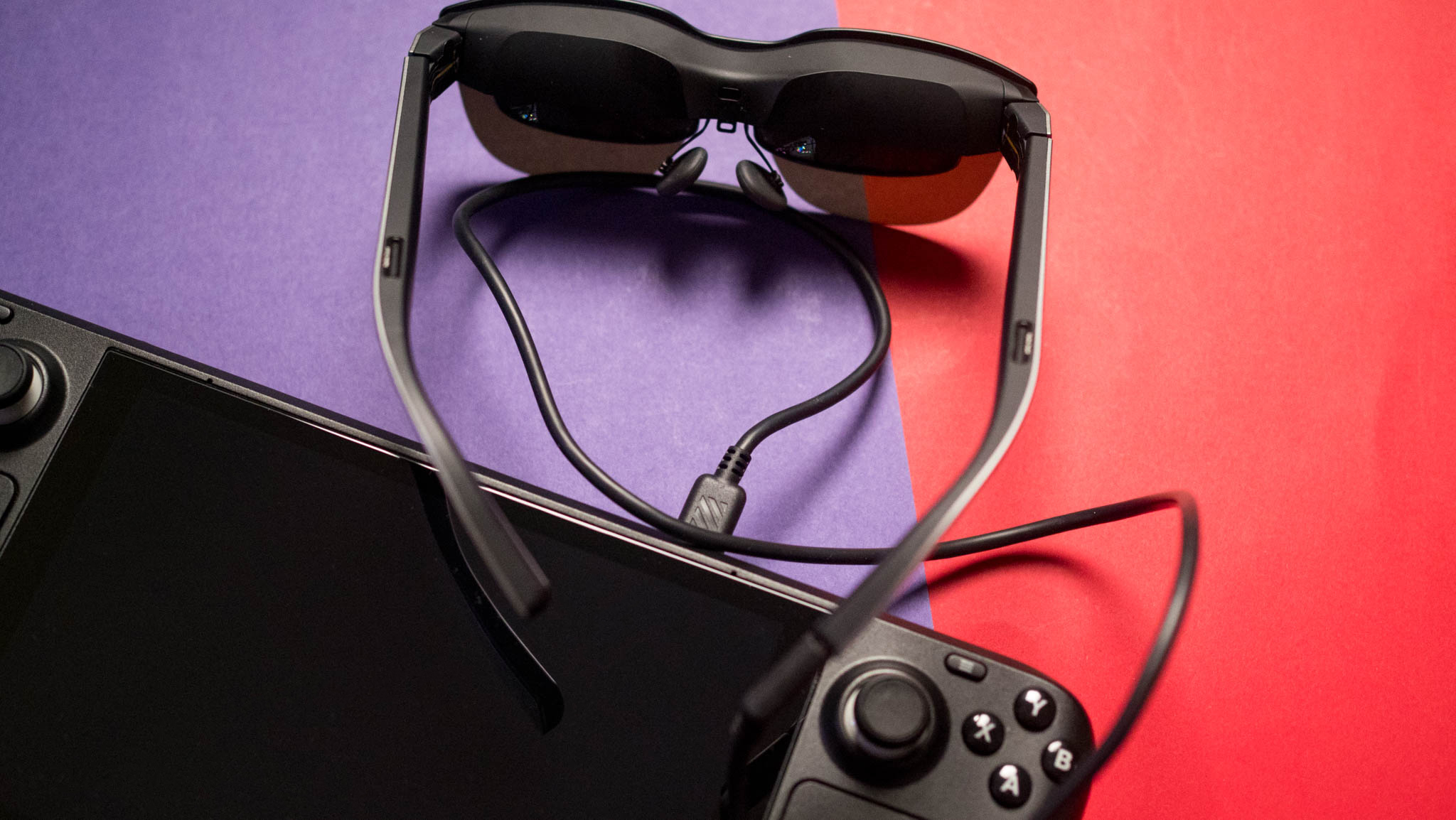
At AWE 2025, XREAL’s Ralph Jodice talked about the pressure from customers to “make my FoV wider, make my glasses smaller.” Right now, brands like XREAL, Viture, Rokid, and RayNeo are racing to offer better visuals for power users, but that comes with comfort trade-offs. I’d eventually want AR glasses that are lighter than my Air 2s but with the visual quality of the heavier Pros.
As I noted before, anchored displays will benefit any gaming glasses, but that requires camera support. Xreal Eye solves this, and future glasses may have that camera built in from the get-go.
But that, combined with brighter, high-res displays, could make AR glasses a major battery drain on your phone or console, especially since they require the USB-C port you’d normally use for charging during long gaming sessions. So efficiency will be important, on top of comfort.
Next, aside from myopia correction, AR glasses need to do more to accommodate different interpupillary distances (IPD), so you’re not straining or cross-eyed using them. Rokid just announced that its new AR Spatial glasses pack will add software IPD adjustments to target 53mm to 75mm, which sounds promising.
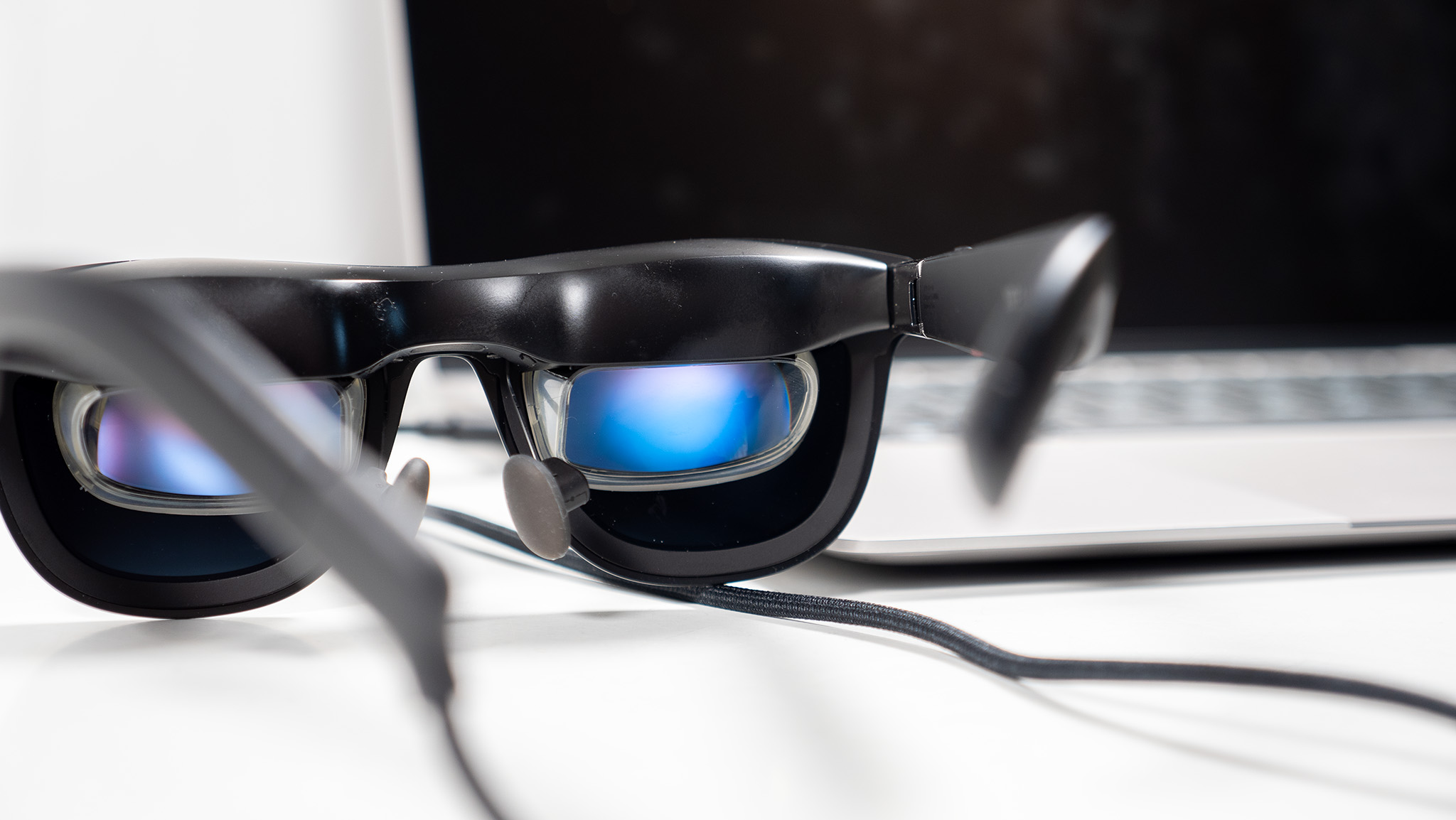
All together, AR glasses will remain a niche category while companies figure out these fundamental issues. However, the visual upgrades will be impressive enough that more people will be willing to live with the trade-offs. They just need a chance to break out of the tech niche.
I suspect that will happen as we see more non-AR glasses in store displays, like the upcoming Oakley Meta glasses. Best Buy or Target could group some AR glasses in the same category, letting people try out these 100-inch AR displays and decide whether they want to spend thousands more on an OLED TV.
We may still be years off from AR glasses becoming “mainstream,” but the tech in these devices is reaching the point that they’re starting to live up to AR’s potential. I, for one, will actually start to enjoy using them.

